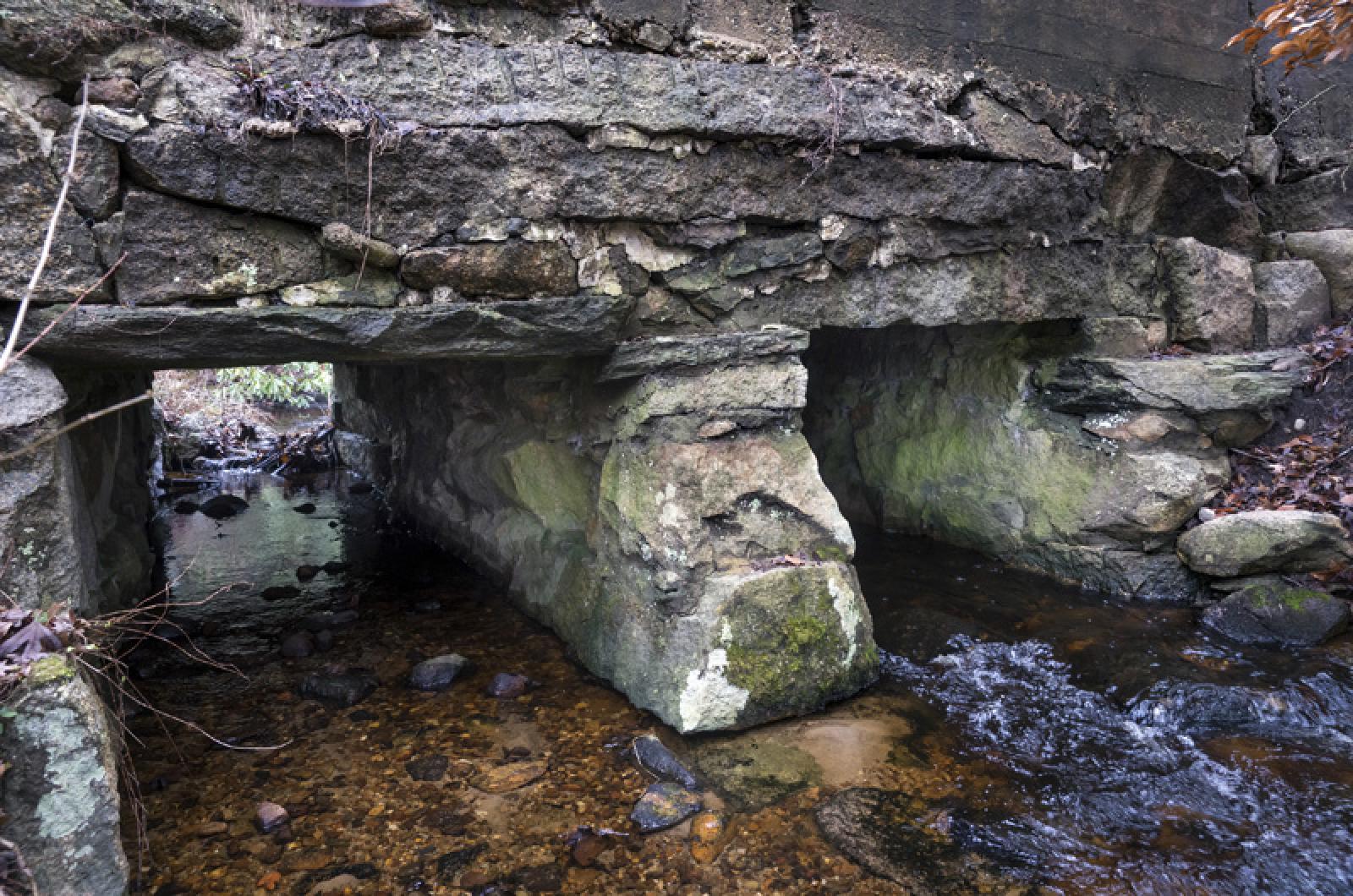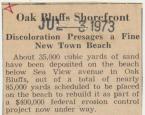In my mother in law’s eyes, I am not perfect. Though she generally adores me, I do have a fault. I don’t like sports, and even worse, I could care less about the Olympics, her favorite time of year, during which she takes a week of vacation to watch all of the events.
Recently, though, I found something fascinating about the Olympics, and surprisingly, it is curling.
Columnist Andy Rooney and basketball player Charles Barkley both had strong opinions on the sport. Rooney called it “the dullest Olympic sport,” and Barkley insisted it isn’t a sport, explaining to his grandmother that she “could win a gold medal because they have dusting in the Olympics now.”
To be honest, it isn’t actually the sport that intrigues me; it is the stone that has me captivated. Curling stones are made of granite — a very special type of granite. Blue Hone granite comes only from the island of Ailsa Craig, 10 miles off the coast of Scotland. This variety is unique and used for curling because Blue Hone has a layer that glides well and is especially predictable on ice. It also won’t break when it collides with other stones.
In the Canadian romantic comedy, Men With Brooms, a cutter explains the stone this way: “It’s not just a rock. It’s a 42 pounds of polished granite, with a beveled underbelly and a handle a human being can hold. Okay, so in and of itself
it looks like it has no practical purpose, but it’s a repository of possibility.”
Granite itself has inspired more than just curlers. Scottish poet Robert Burns explained it this way: “Ask why God made the gem so small, and why so huge the granite? Because God meant, mankind should set That higher value on it.”
This igneous rock is plentiful and familiar to most. Granite is the most abundant rock in the earth’s crust, with an almost 80 per cent share. It is the major ingredient in mountain ranges (as well as countertops), including favorites such as Yosemite Valley, the White Mountains, Pikes Peak, Mount Rushmore, and many others. Granite is also old, formed as long as 300 million years ago.
The word granite is derived from the Latin word granum, which describes a coarse grain. This well explains the nature of the rock, since you can see its individual components, including quartz, feldspar, mica, and amphiboles (dark minerals). It is also very hard, second only to diamond.
Granite’s usefulness goes beyond curling stones, having been employed for construction for centuries, early on by the ancient Egyptians and more recently for the pedestal of the Statue of Liberty. And granite has the distinction of being the reason for the first commercial railway in the United States.
The Granite Railway of Quincy was built in the 1820s to carry granite from Quincy to Milton, where it was put onto a barge on the Neponset River and transported to Charlestown for the construction of the Bunker Hill Monument and to build Boston.
Scottish historian and essayist Thomas Carlyle, who coincidently was born not far from Ailsa Craig, captured the spirit of this special rock nicely. He wrote: “The block of granite which was an obstacle in the pathway of the weak, became a stepping-stone in the pathway of the strong.”
And a valuable building material (or piece of sports equipment) for everyone in between.
Suzan Bellincampi is director of the Felix Neck Wildlife Sanctuary in Edgartown, and author of Martha’s Vineyard: A Field Guide to Island Nature.






Comments
Comment policy »